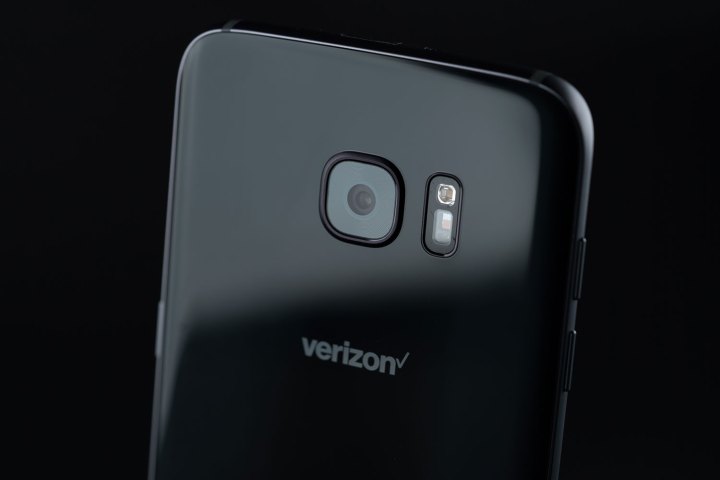
Ever since Samsung announced the pair of smartphones, the company boasted about their use of its ISOCELL technology for the camera sensor. However, several XDA Developers members found out that their Galaxy S7 and Galaxy S7 Edge units had the Sony IMX260 camera sensor in their phones, instead. If this sounds familiar, that’s because Samsung did the exact same thing last year with the Galaxy S6 and Galaxy S6 Edge.
Related: Check out our reviews of the Samsung Galaxy S7 and Galaxy S7 Edge
Back then, Samsung used both its ISOCELL and the Sony IMX240 camera sensors, seemingly at random. In order to quell any possible controversy, Samsung justified such a decision by saying it sets a standard of quality that applies to its devices. So long as the parts meet that standard, then they can go in the device.
As for any differences between last year’s sensors, they both produced sharp images, though the Sony sensor tended to produce slightly warmer tones in daylight than its ISOCELL compatriot. The Sony sensor also had a tendency to produce larger images than the ISOCELL sensor did, so it was a toss-up as to which sensor was better, particularly if the user didn’t even notice such differences. We’re not sure what differences the Galaxy S7 and Galaxy S7 Edge’s ISOCELL and IMX240 sensors will bring, though, at least on paper, the two sensors are very similar to each other.
We don’t know exactly why Samsung opted to use different camera sensors for two of its flagships for 2016. The reason, as with last year, could be anything from cost to manufacturing. Samsung might have wanted to save some money here and there, and perhaps the Sony sensors were cheaper to deal with than Samsung’s own ISOCELL camera sensors. After all, we’re still in the Galaxy S7 and Galaxy S7 Edge launch period, where millions of units are moving off the shelves at the same time.
We reached out to Samsung for comment and will update accordingly.
Editors' Recommendations
- The Samsung Galaxy Watch 7 just got a lot more exciting
- Samsung Galaxy Watch 7 Ultra: news, rumored price, release date, and more
- 5 ways the Samsung Galaxy S24 beats the Google Pixel 8
- A surprise phone just beat the Galaxy S24 Ultra in a big way
- Having Galaxy S24 Ultra camera issues? A fix may be coming soon


